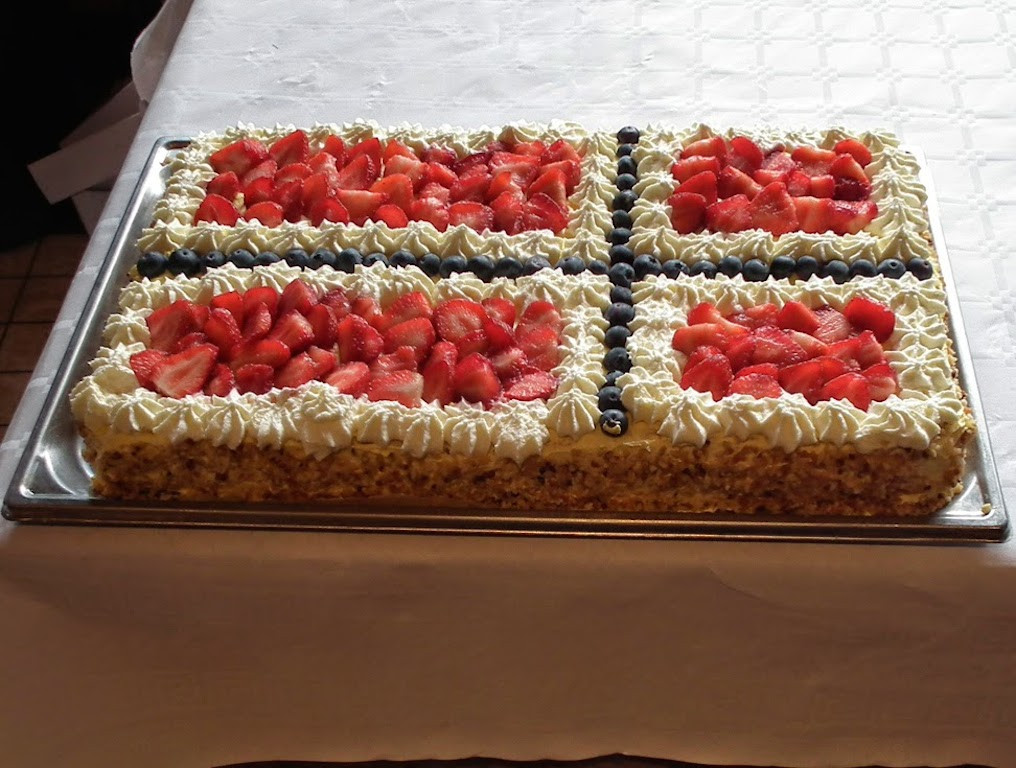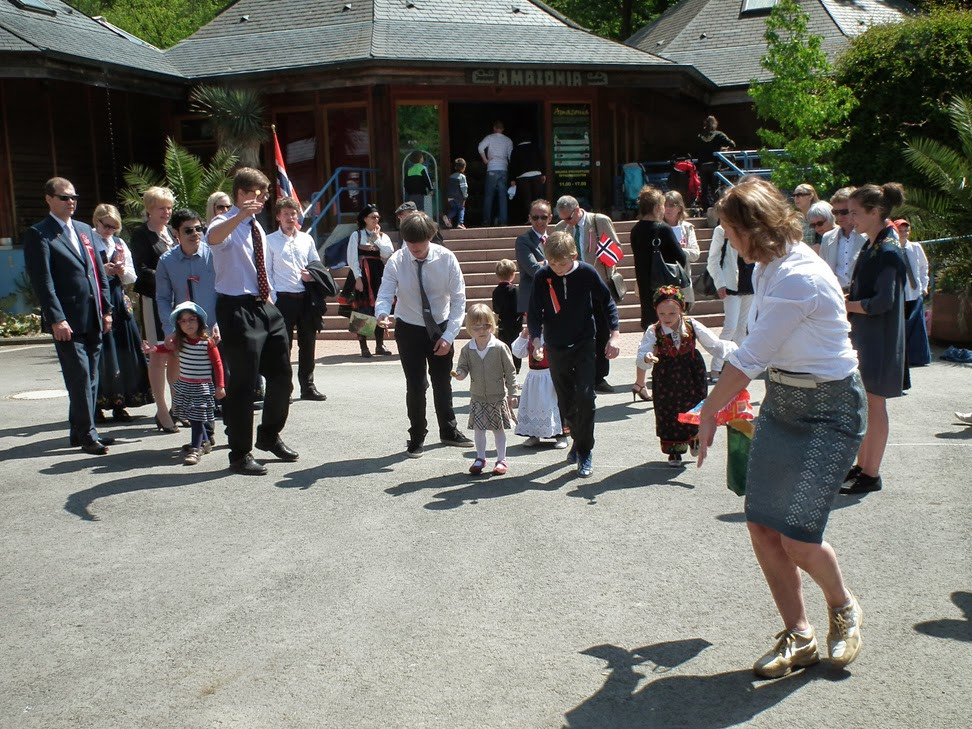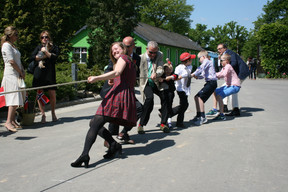Not many nations had a constitution back in 1814. Only the US and the Republic of San Marino had a written constitution. The UK and Canada had, and still have, uncodified constitutions, where not all elements are written into law. At the beginning of 1814 Norway was still under Danish rule. By the end of the year, Norway was in a union with Sweden.
In the meantime, however, the Norwegian people--in a poor, small country--grasped the opportunity that arose when the major national powers were settling things after the Napoleon Wars. The Norwegians declared themselves free and independent, and passed one of the most liberal constitutions at the time.
Two 18th century revolutions proved to be highly significant: the American Declaration of Independence of 1776 and the French Revolution of 1789. Both had a great influence on the Norwegian Constitution when it was drafted and then established on 17 May 1814. The Norwegian Constitution became a symbol for Norwegians of freedom and independence, and still has great significance to this day.
By historical coincidence, the Second World War ended in Norway nine days before that year’s Constitution Day, on May 8, 1945, when the occupying German forces surrendered. This lead to a new and broader meaning that was added to the celebration of Norwegian Constitution Day.
A noteworthy aspect of Norwegian Constitution Day is its very non-military nature. All over Norway, children’s parades with an abundance of flags form the central elements of the celebration. The longest May 17 parade takes place in Oslo.
This is broadcast on TV every year, with comments on the costumes and banners on show, together with local reports from celebrations around the country. The massive Oslo parade includes some 100 schools, marching bands, and passes the royal palace where the royal family greets participants from the main balcony.
For the Norwegian community in Luxembourg it has become a tradition to celebrate May 17 in Parc Merveilleux near Bettembourg, starting with the children’s parade, followed by a photo session, singing Norwegian songs and a nice lunch.
The bicentennial made this year’s celebration even more important. It was also convenient that the day fell on a Saturday, meaning that children did not have to leave school to join in the celebration. Even the weather was highly cooperative.





























